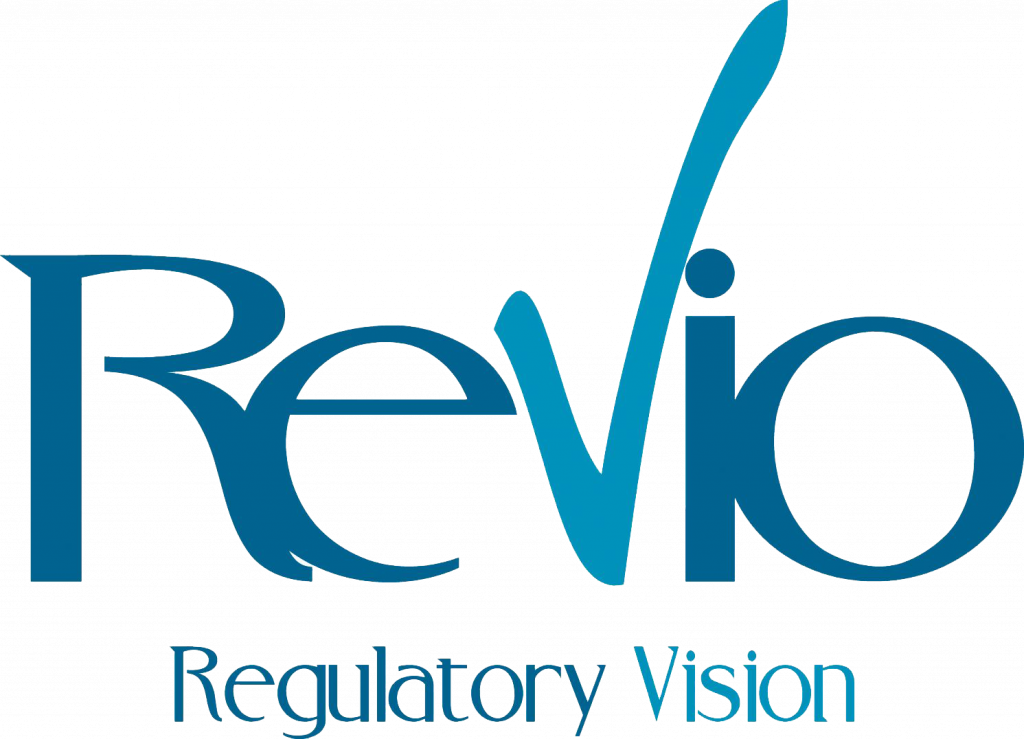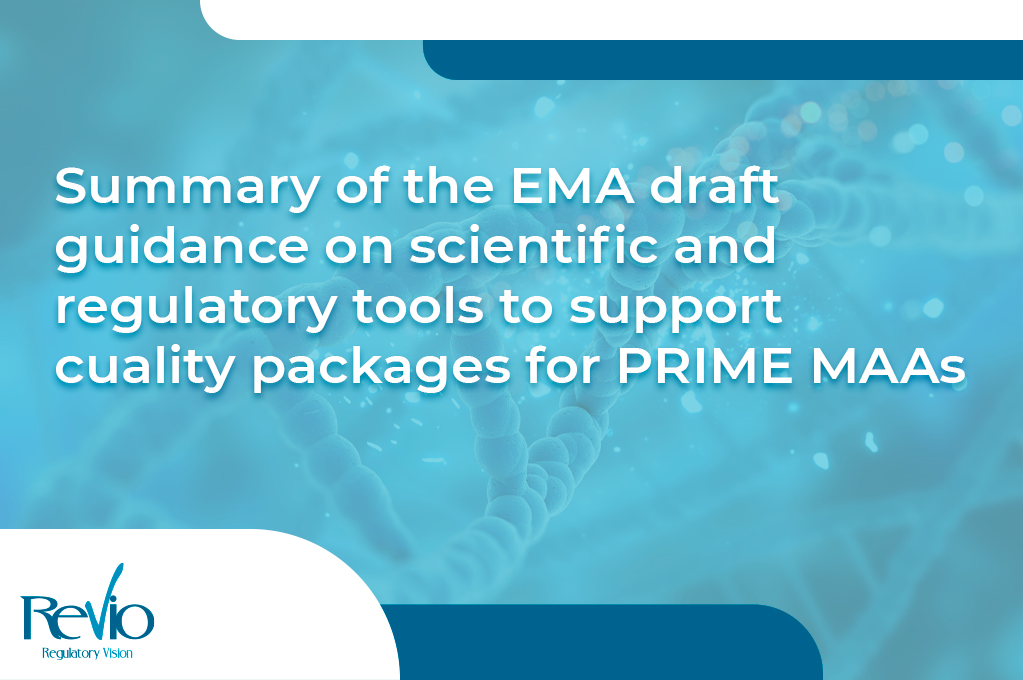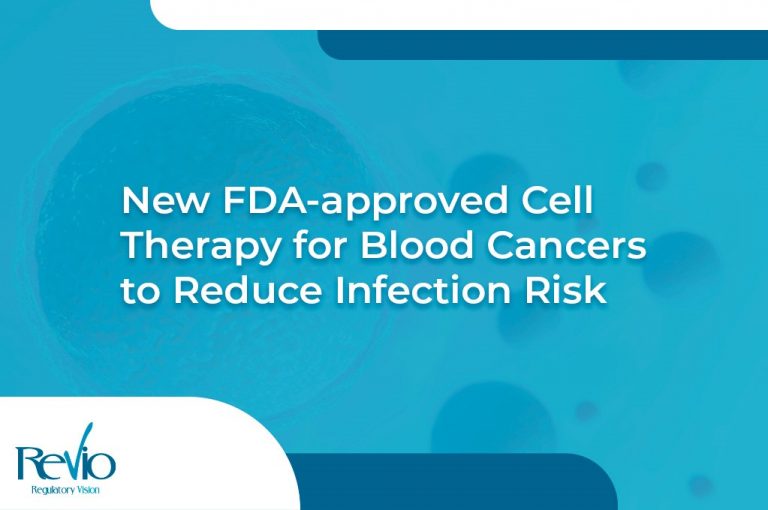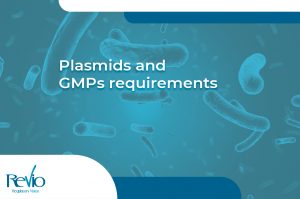Recently, the European Medicines Agency (EMA) released a draft guidance to assist on scientific elements and regulatory tools to support quality data packages for PRIME marketing authorisation applications. This guidance is open to public consultation until 31 July 2021.
The scope of this guidance is related to medicinal products (including ATMPs) that have received PRIME.
In this guidance you can find:
Scientific Tools that refer to scientific concepts, principles or technologies used for development, manufacture and quality risk management of medicinal products as:
Prior knowledge:
It could be good basis for completion of certain quality studies. Prior knowledge should be included in the CTD together with the argumentation on how the information is relevant for the product.
Risk-based approach:
You should present it in the application dossier at the time of the Marketing Authorisation Application (MAA) you should present it.
Process validation:
For products in PRIME, the main challenge is when sufficient data are available to support MAA. Regulators can accept a minimum of three process performance qualification (PPQ) batches when there is a strong benefit/risk of the product. Clear plans which outline how the process validation data available support the effectiveness sand reproducibility of the commercial process should accompany any approach. Additionally, you should show how process validation data will continue to be gathered in the post-approval phase.
Control strategy:
For products in PRIME, product and process knowledge (e.g., uncertainty on the criticality of attributes, their control by the manufacturing process, and analytical capability) may still be evolving at the time of MAA. Thus, the amount of data available to support its control strategy at the time of approval may be reduced compared to a product undergoing a standard development.
Approaches related to GMP compliance:
Launching from an investigational medicinal product site, alignment of quality review and GMP inspections and use of biological starting material manufactured under a lower level of GMP.
Stability:
In accelerated development programs, standard stability data packages may not be feasible. Consistently, alternative path may be needed while still assuring the stability of the product. Such as stability models generated from stability of structurally similar molecules in the case of biologicals, or stability based on supportive knowledge for small molecules.
Comparability:
ATMPs in general are characterised by starting materials of inherent variability (for cell/tissue-based products), complex biological features and manufacturing processes.
Regulatory tools that the Agency offers to help promising new medicines reach patients as early as possible:
Accelerated assessment:
Procedure that applies to medicinal products of major therapeutic interest, intended to shorten the active review time of a MAA from 210 to 150 days and therefore to potentially secure an earlier access of the medicine to patients.
Conditional marketing authorisation (CMA):
This tool is available for medicinal products aiming at the treatment, prevention, or medical diagnosis of seriously debilitating or life-threatening diseases, or medicinal products to be used in emergency situations in response to public health threats. In this case, MA may be granted prior to the submission of comprehensive clinical data but confirming the favourable benefit-risk profile.
Post-approval change management protocols (PACMPs):
PACMPs enables a stepwise approach in the assessment of changes. For example, the protocol might specify a new manufacturing site that would come online during the product lifecycle and outline what data from pre-defined studies could be used post-approval in support of this change.
Post-authorisation measures (PAMs):
PAMs allow regulators to request any additional data that are needed to complement the available data. The PAM selected depends on the criticality of the data set/measure in relation to the clinical use of the product and its impact on the benefit/risk.
This is some of the information you need to know if you are interested in marketing authorisation applications of PRIME medicines. Nevertheless, we have launched a dedicated webpage to bring you the latest updates, guidance and developments. You can also follow us on LinkedIn.
We hope you find this useful and of interest. If you would like to discuss any of these updates with the team at REVIO, please get in touch here.
If you want to know more, check out the official draft toolbox guidance here




